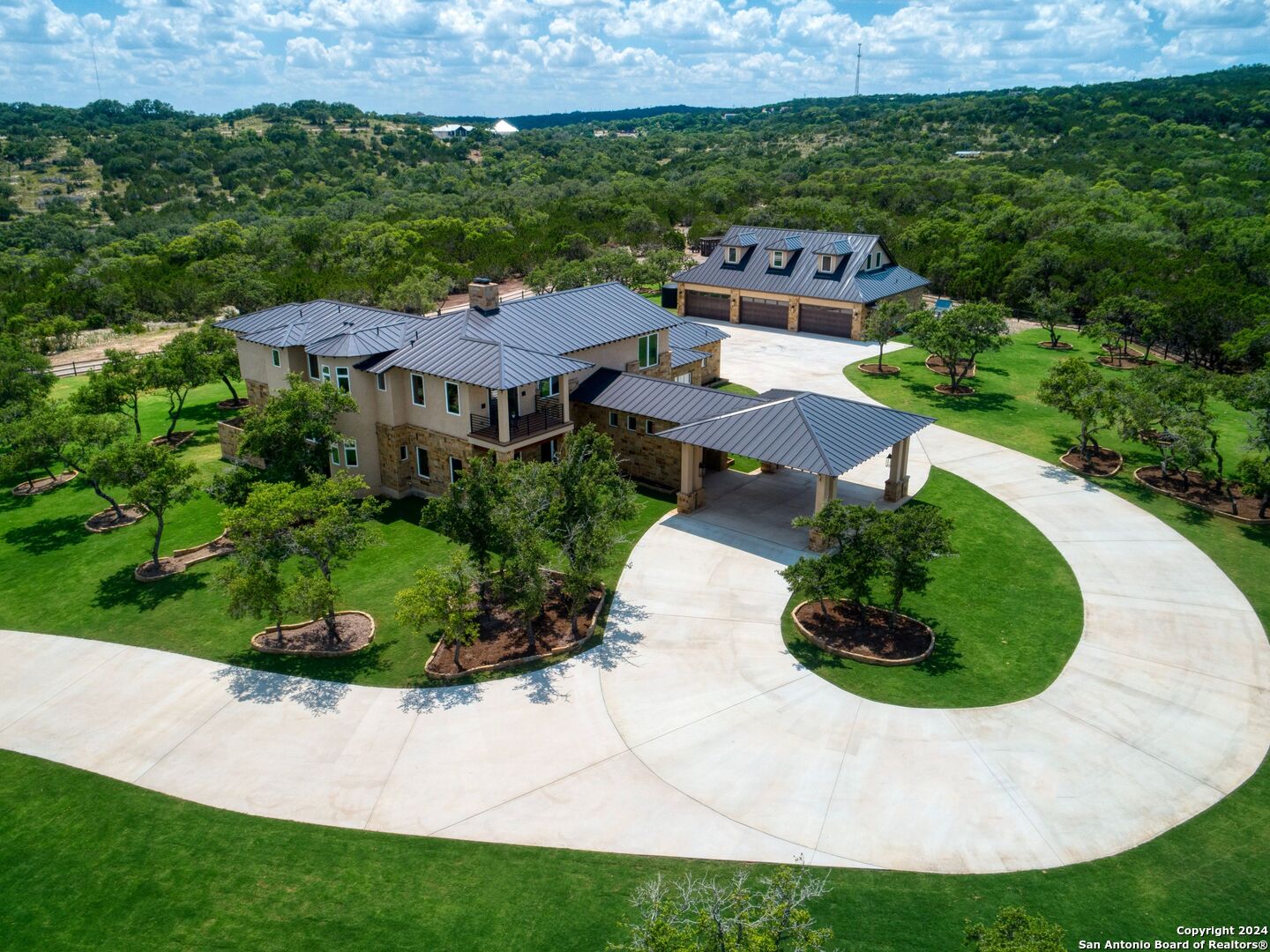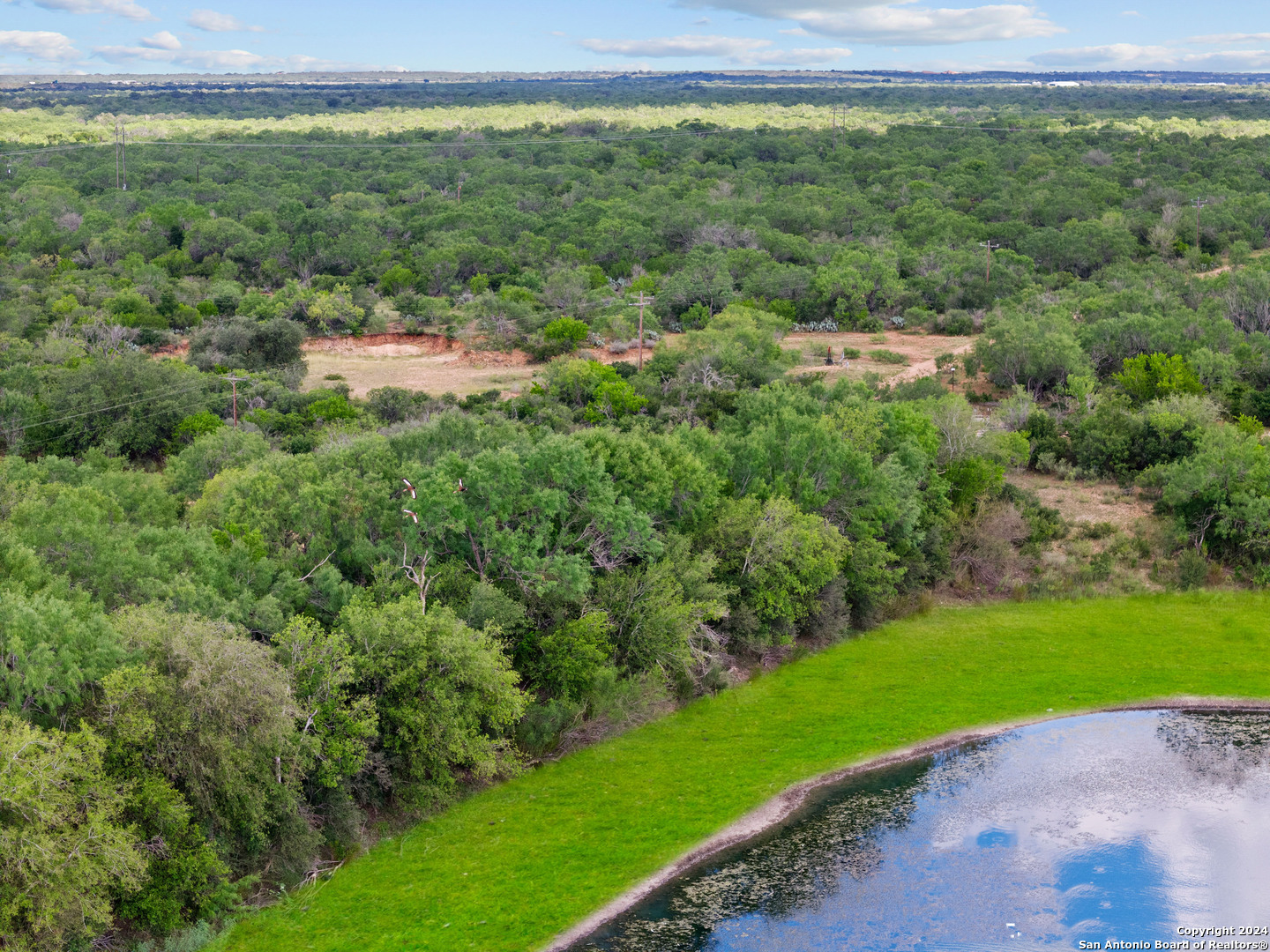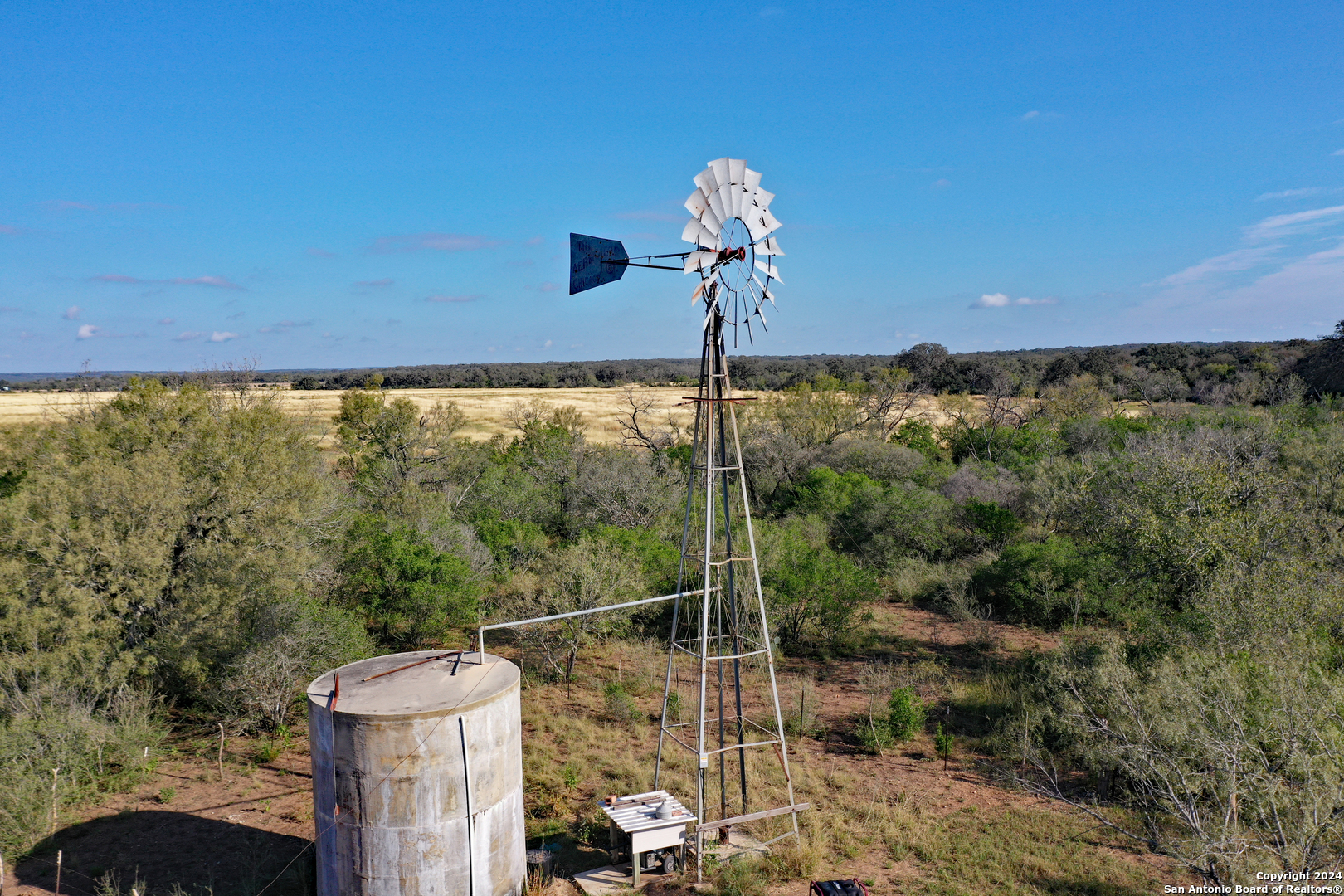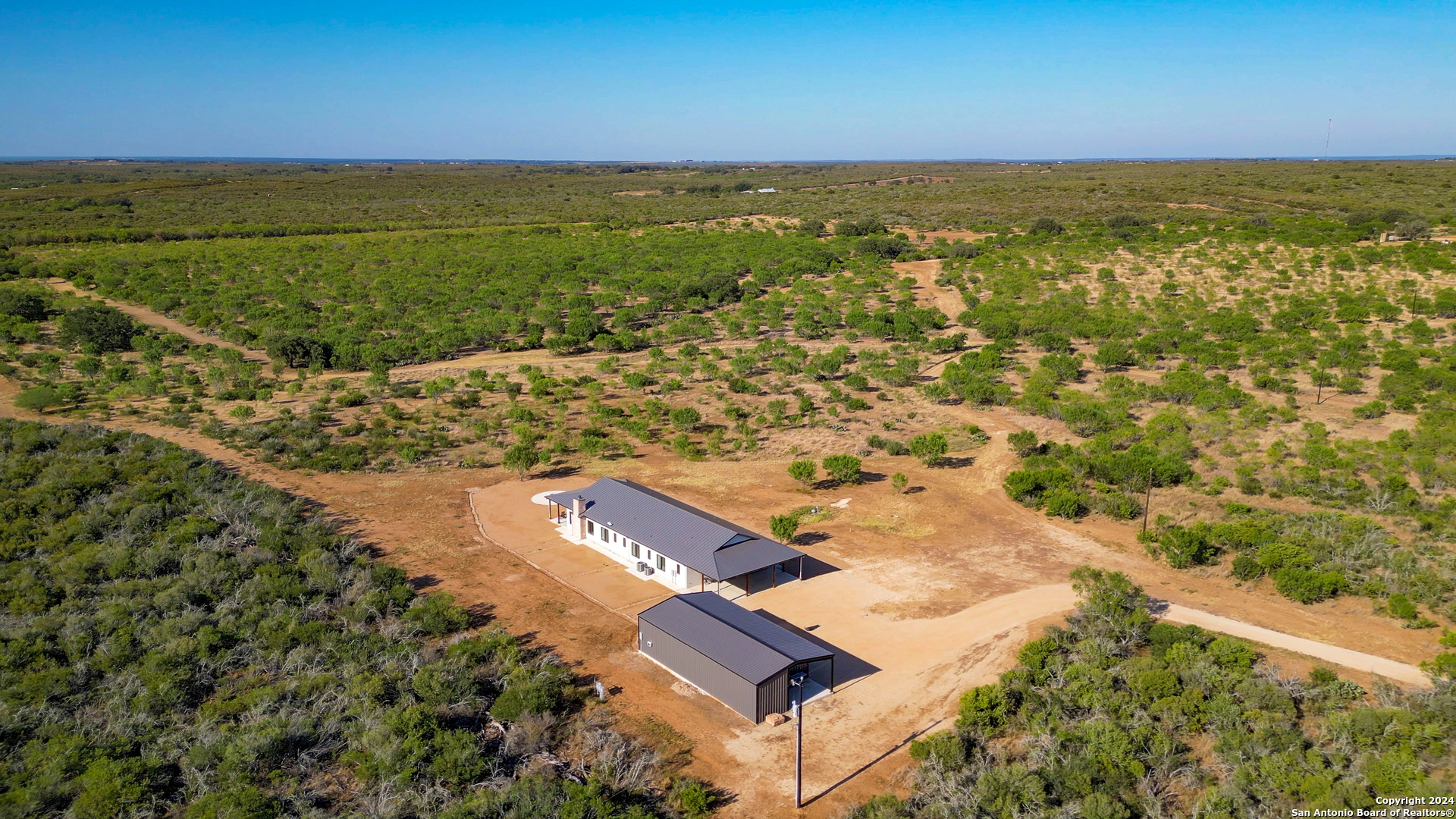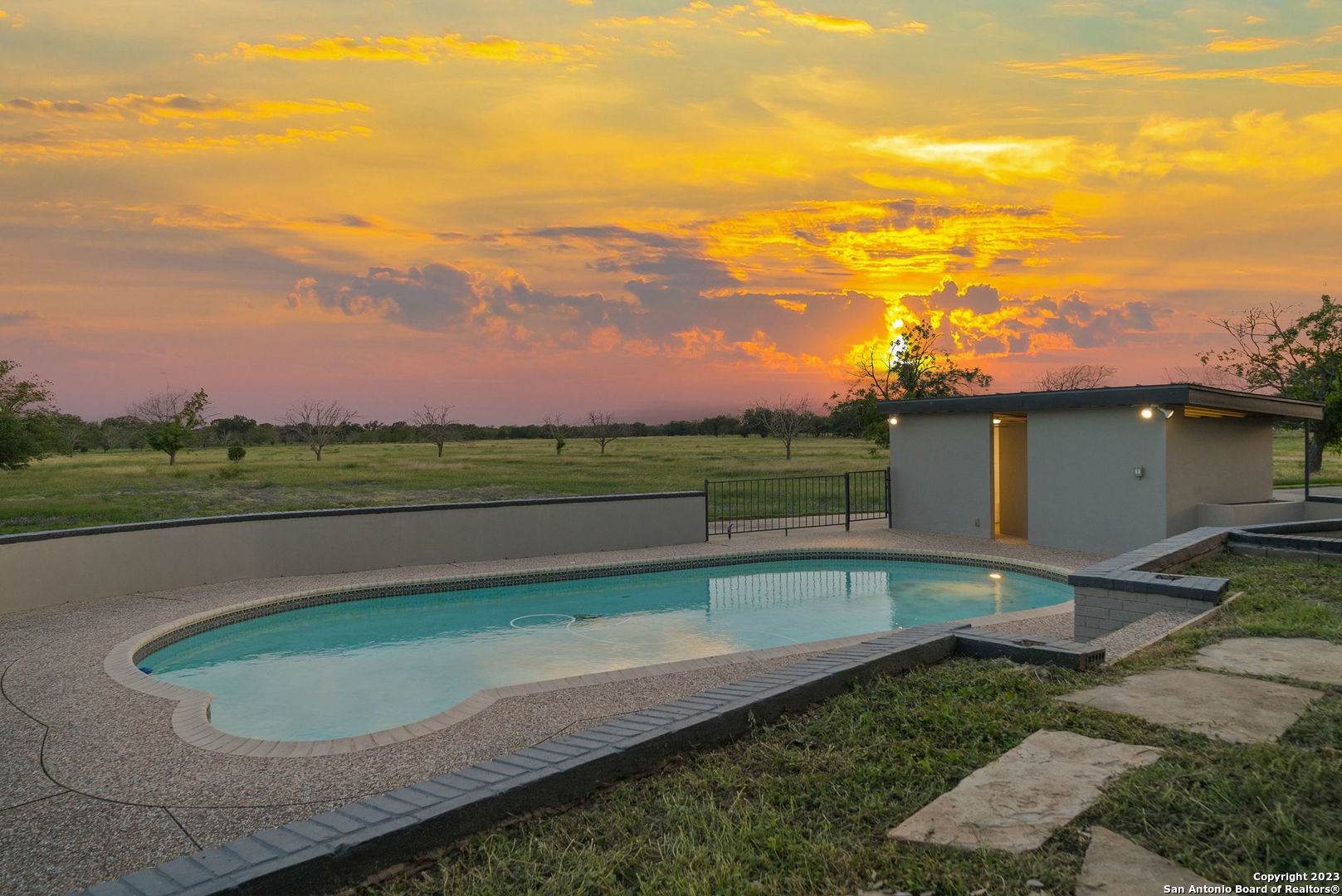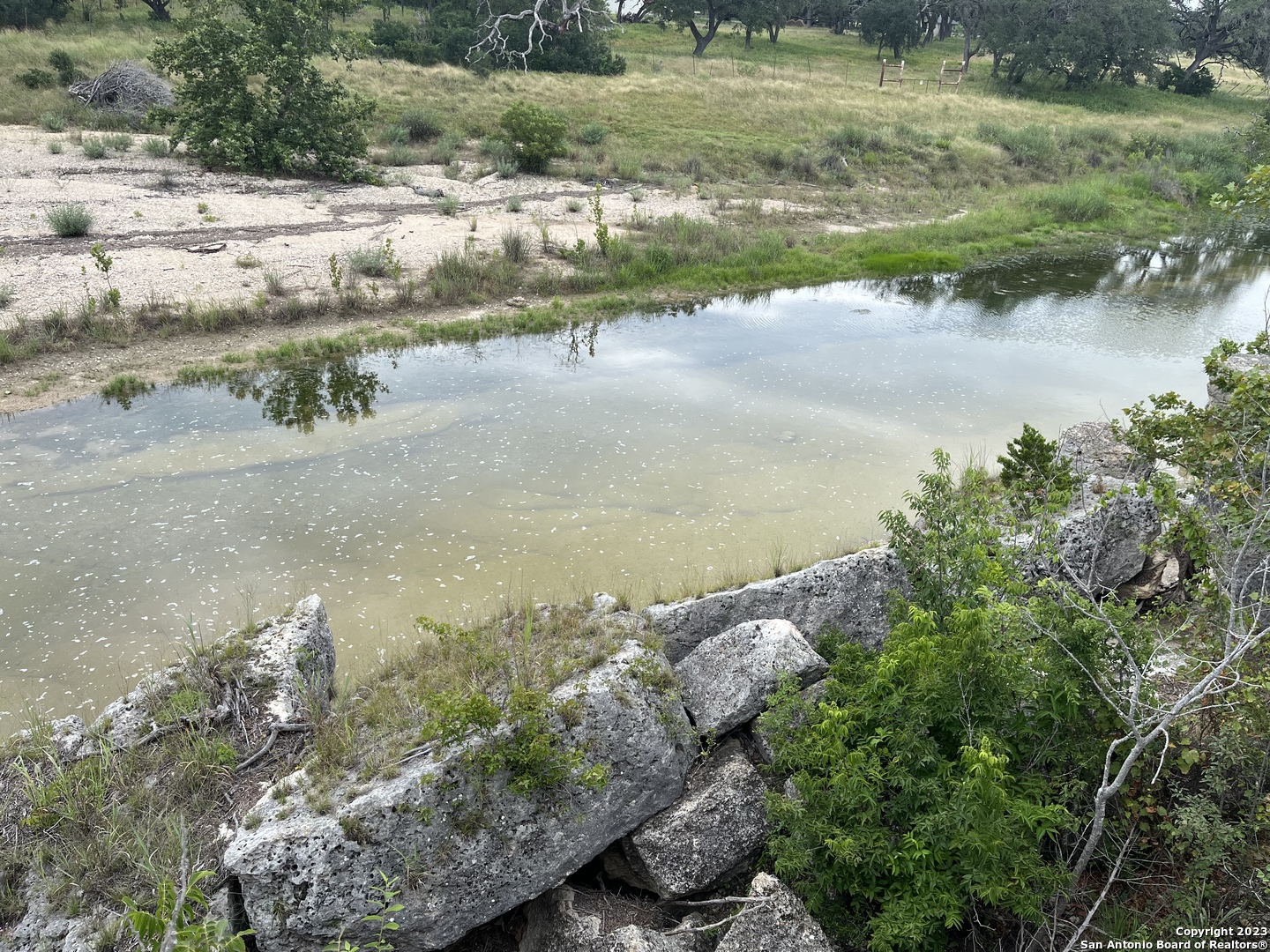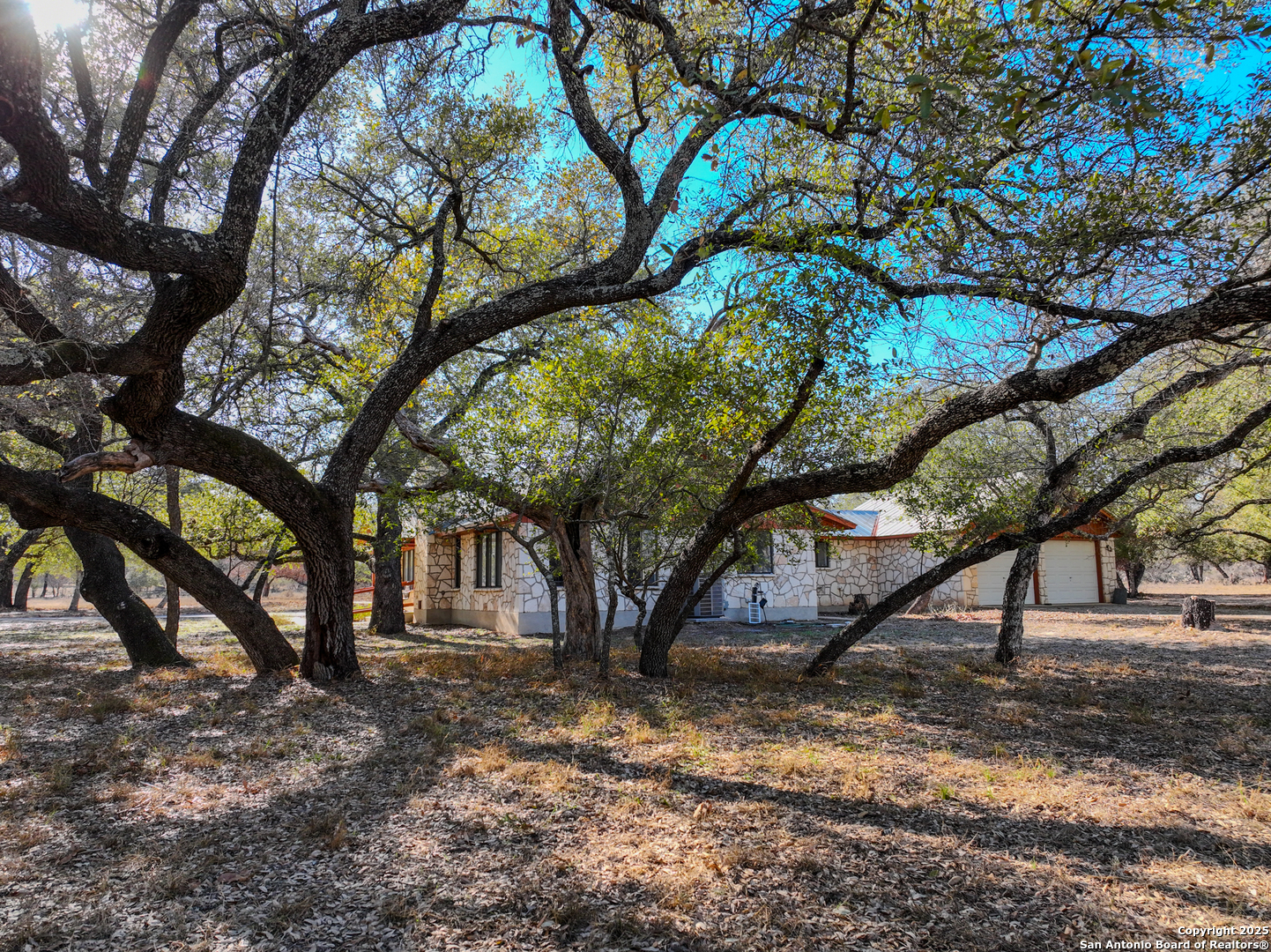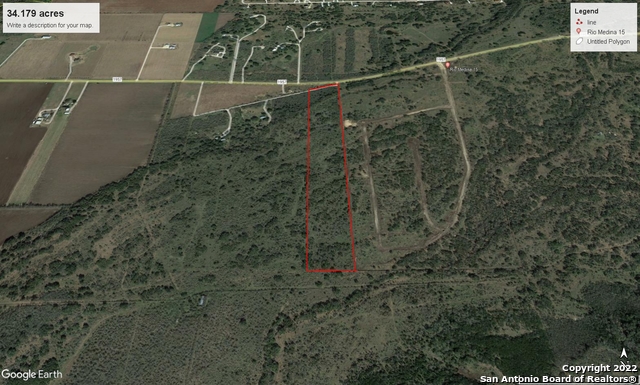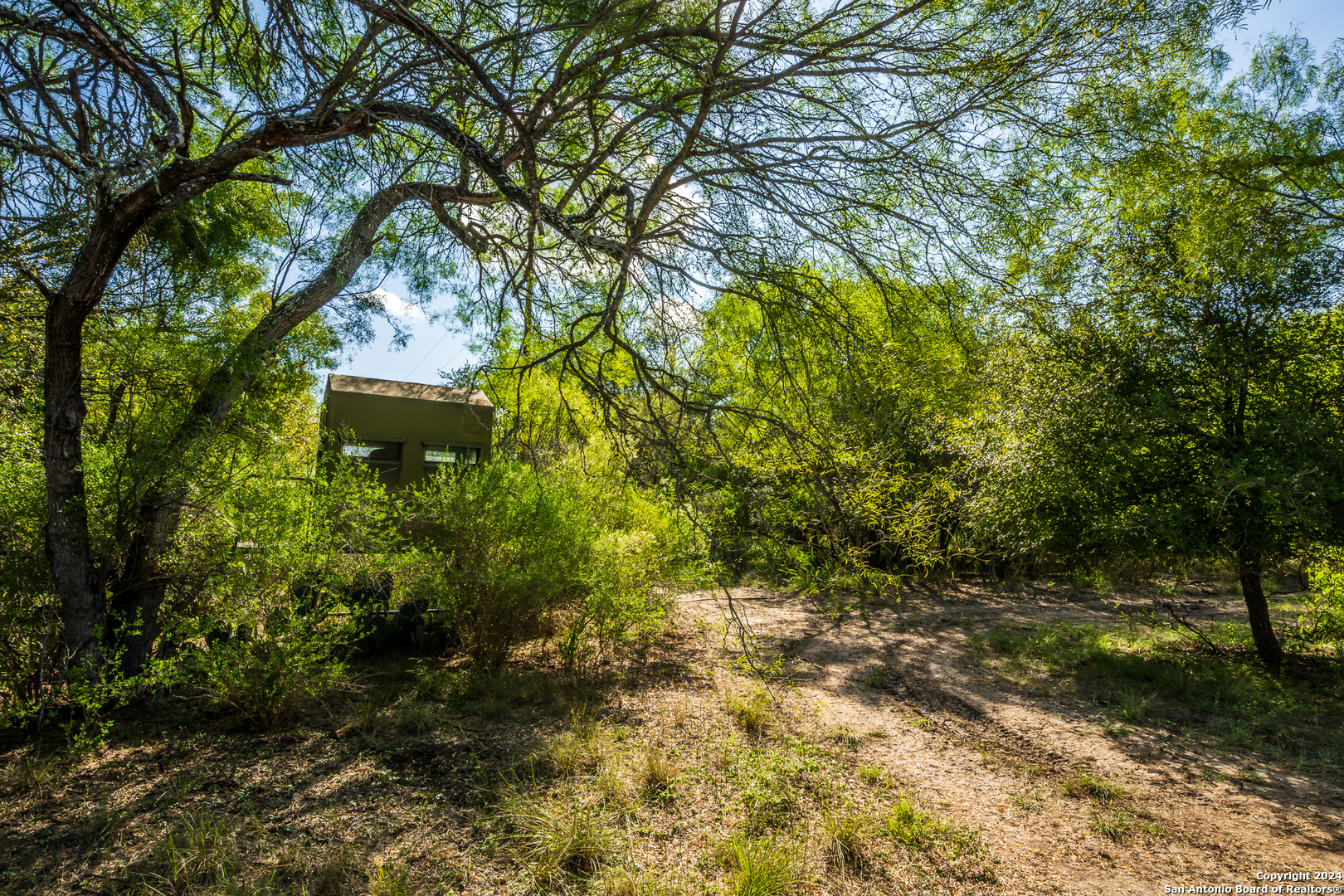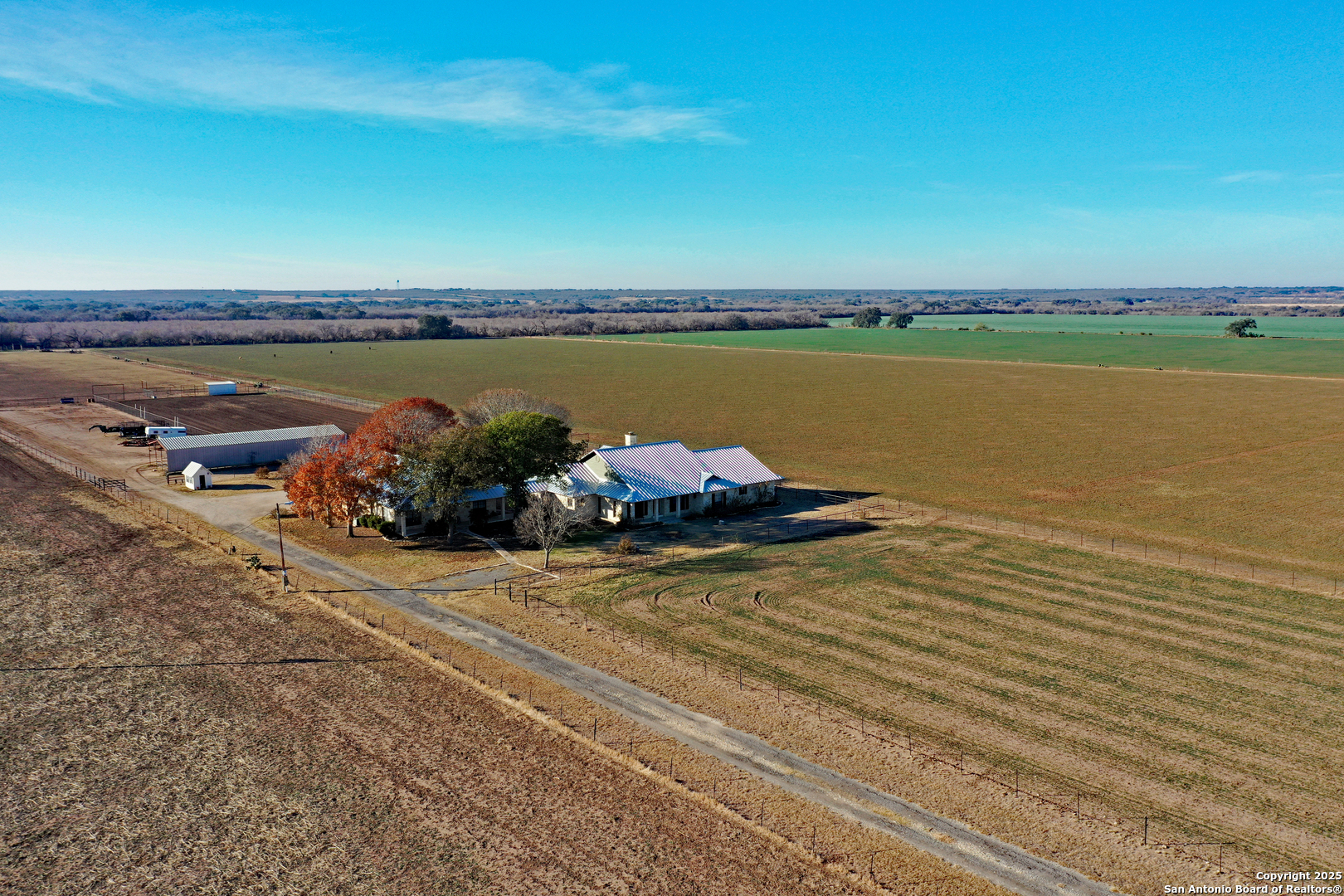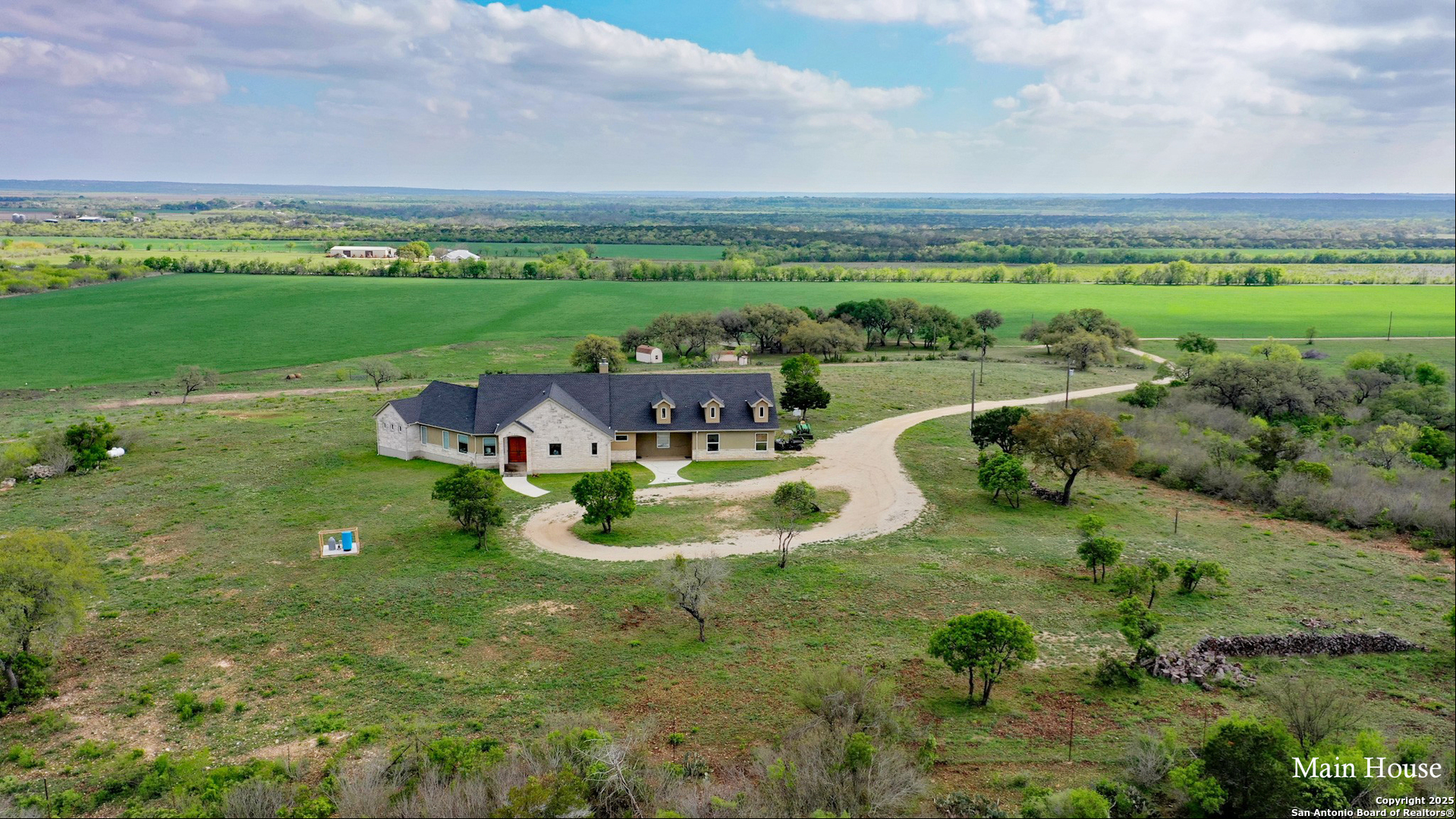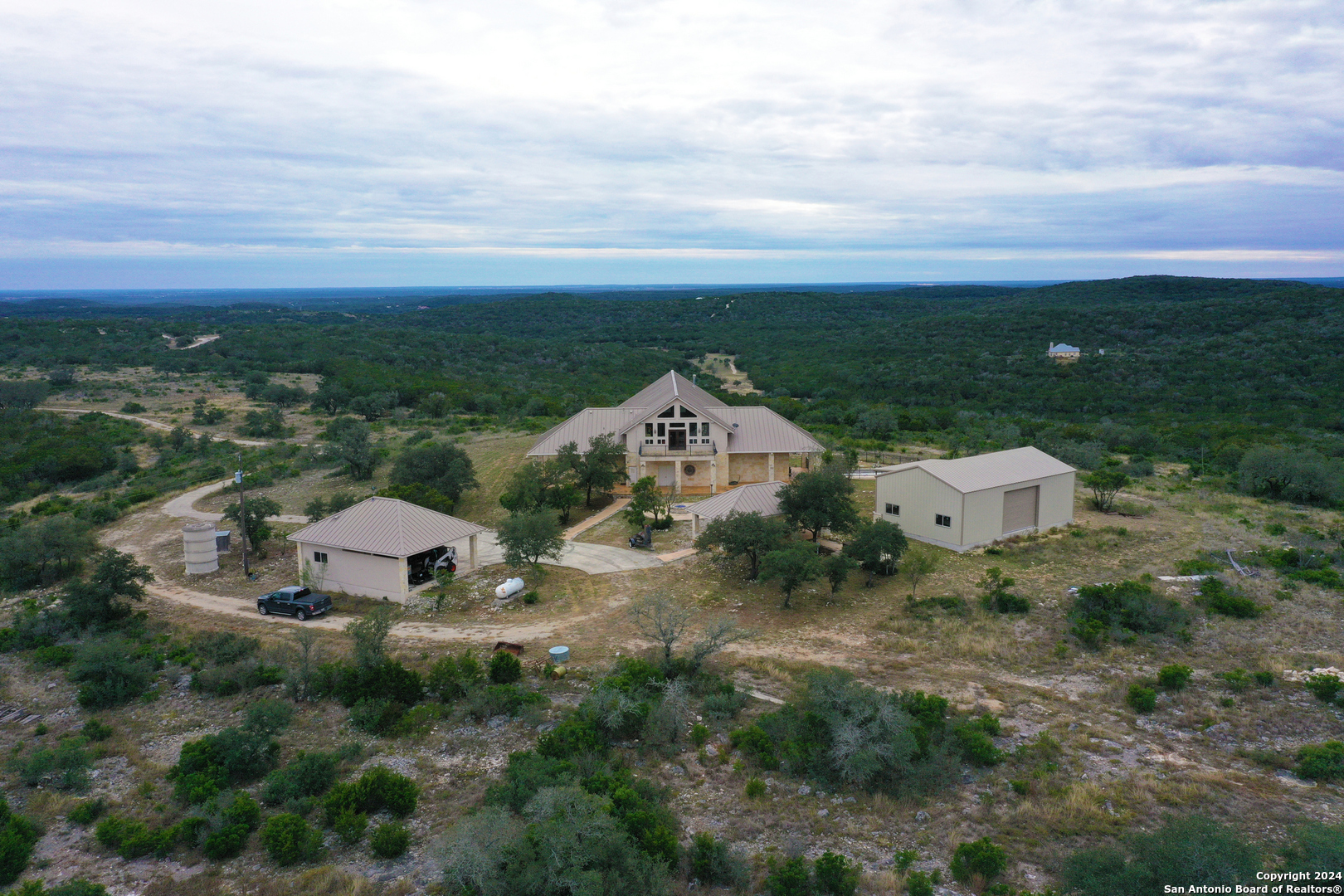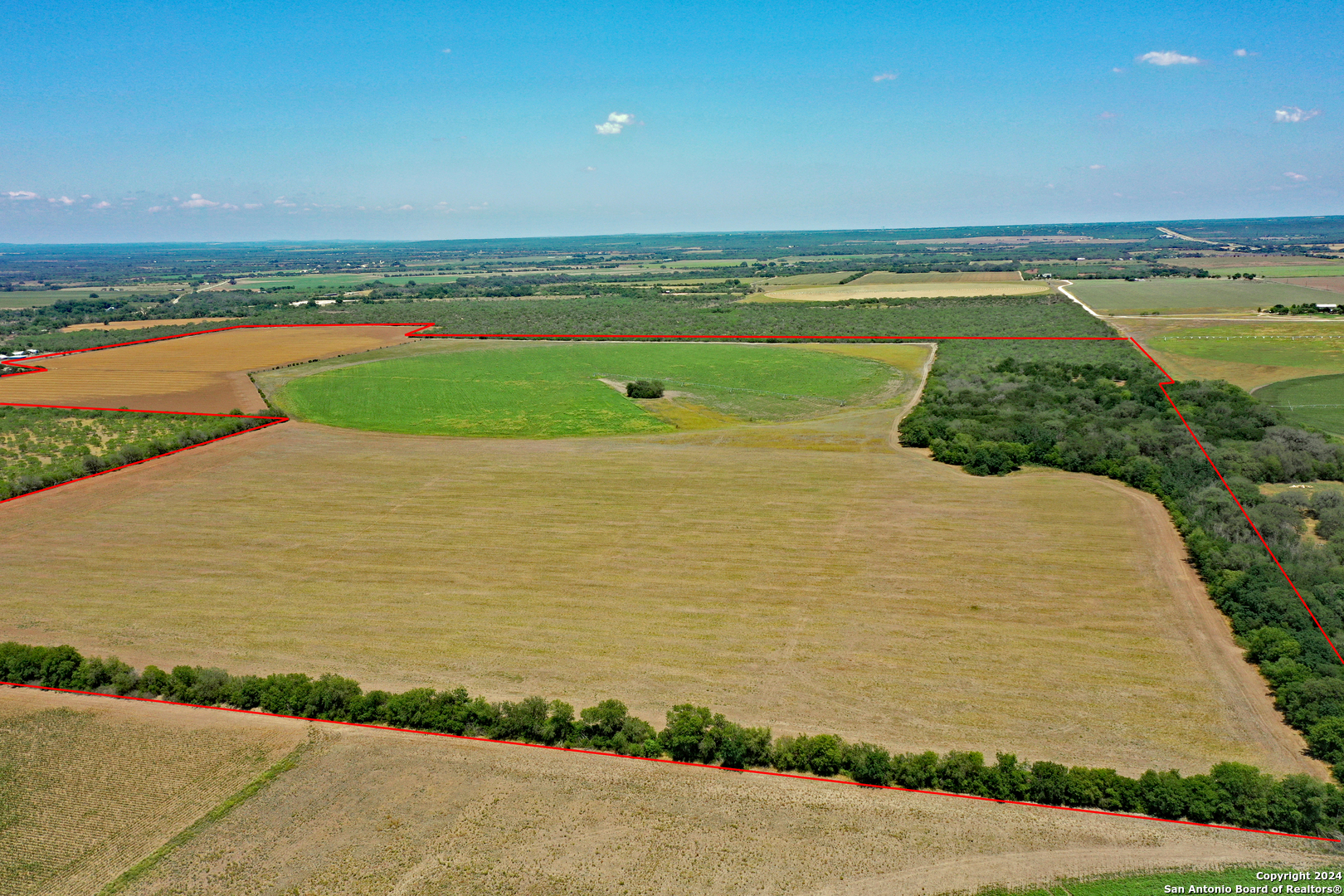Medina County, located in South Central Texas, is celebrated for its rich historical heritage, scenic landscapes, and strong community spirit. Established in 1848, the county features rolling hills, fertile farmland, and charming towns. With a commitment to preserving its historical roots and fostering sustainable growth, Medina County offers a welcoming and dynamic environment for residents and visitors alike.
AREA HISTORY
Medina County was established in 1848 and named after the Medina River, which runs through the region. The area was originally inhabited by Native American tribes, including the Lipan Apache, before Spanish settlers arrived in the 18th century. The county has a rich historical legacy, with landmarks such as the Medina County Courthouse and the Castroville Historic District providing deep insights into the county’s storied past. Medina County played a significant role in the settlement of South Texas, with its towns serving as key centers of agriculture and trade.
GEOGRAPHY
Medina County, located in South Central Texas, is characterized by rolling hills, fertile farmland, and clear rivers, with the Medina River being a prominent geographical feature. The terrain includes woodlands, grasslands, and riparian zones, supporting a variety of plant and animal life. The climate is humid subtropical, with hot summers and mild winters, making the area suitable for agriculture and outdoor activities.
CULTURAL HERITAGE
Medina County's cultural heritage is deeply rooted in its historic and agricultural traditions. The county hosts various events and festivals throughout the year, celebrating its history and community spirit. The annual Medina County Fair and the St. Louis Day Celebration in Castroville are major events that draw visitors from across the region.
January 38°F
July 95°F
Medina County, located in South Central Texas, is celebrated for its rich historical heritage, scenic landscapes, and strong community spirit. Established in 1848, the county features rolling hills, fertile farmland, and charming towns. With a commitment to preserving its historical roots and fostering sustainable growth, Medina County offers a welcoming and dynamic environment for residents and visitors alike.
AREA HISTORY
Medina County was established in 1848 and named after the Medina River, which runs through the region. The area was originally inhabited by Native American tribes, including the Lipan Apache, before Spanish settlers arrived in the 18th century. The county has a rich historical legacy, with landmarks such as the Medina County Courthouse and the Castroville Historic District providing deep insights into the county’s storied past. Medina County played a significant role in the settlement of South Texas, with its towns serving as key centers of agriculture and trade.
GEOGRAPHY
Medina County, located in South Central Texas, is characterized by rolling hills, fertile farmland, and clear rivers, with the Medina River being a prominent geographical feature. The terrain includes woodlands, grasslands, and riparian zones, supporting a variety of plant and animal life. The climate is humid subtropical, with hot summers and mild winters, making the area suitable for agriculture and outdoor activities.
CULTURAL HERITAGE
Medina County's cultural heritage is deeply rooted in its historic and agricultural traditions. The county hosts various events and festivals throughout the year, celebrating its history and community spirit. The annual Medina County Fair and the St. Louis Day Celebration in Castroville are major events that draw visitors from across the region.









